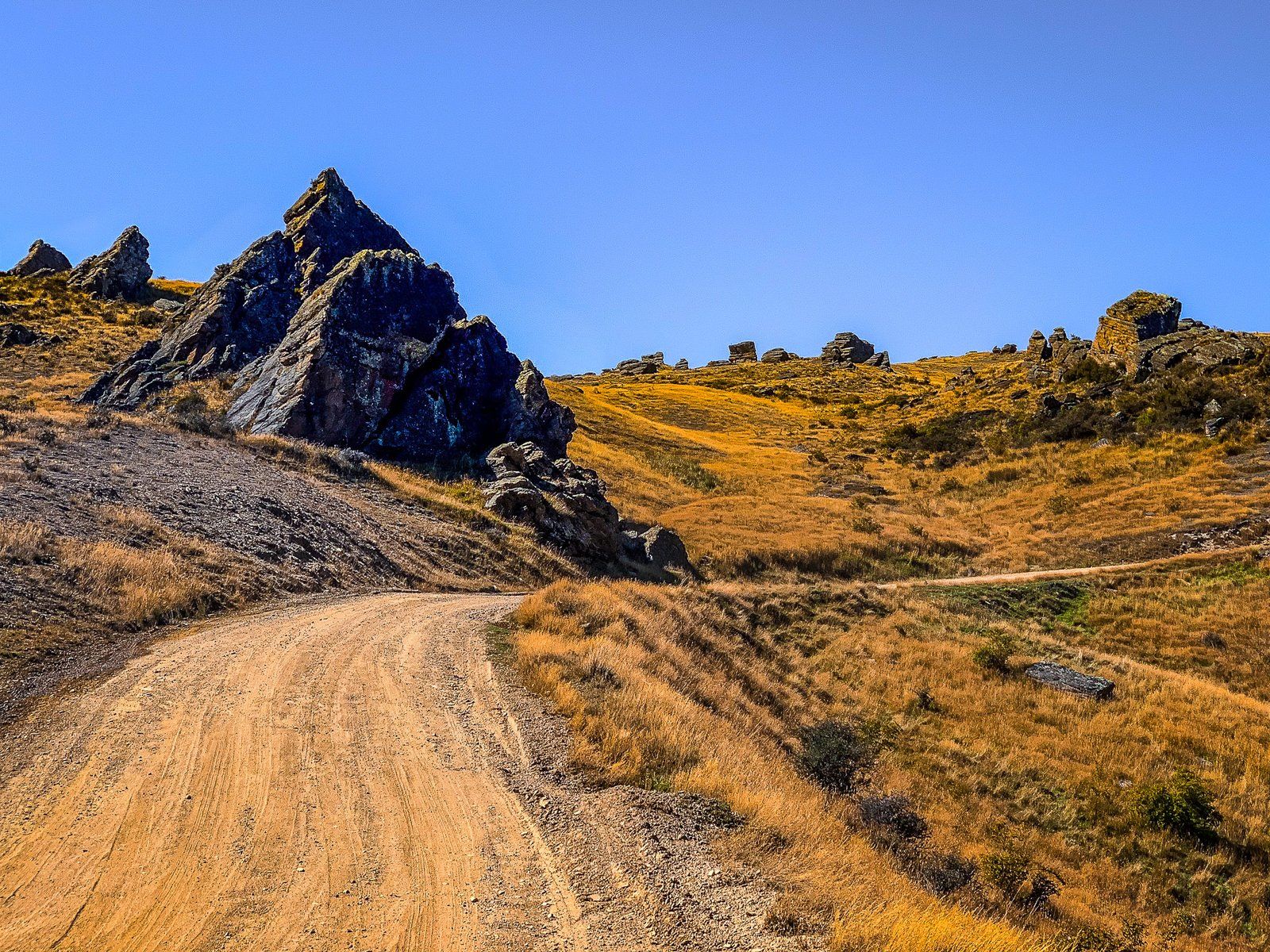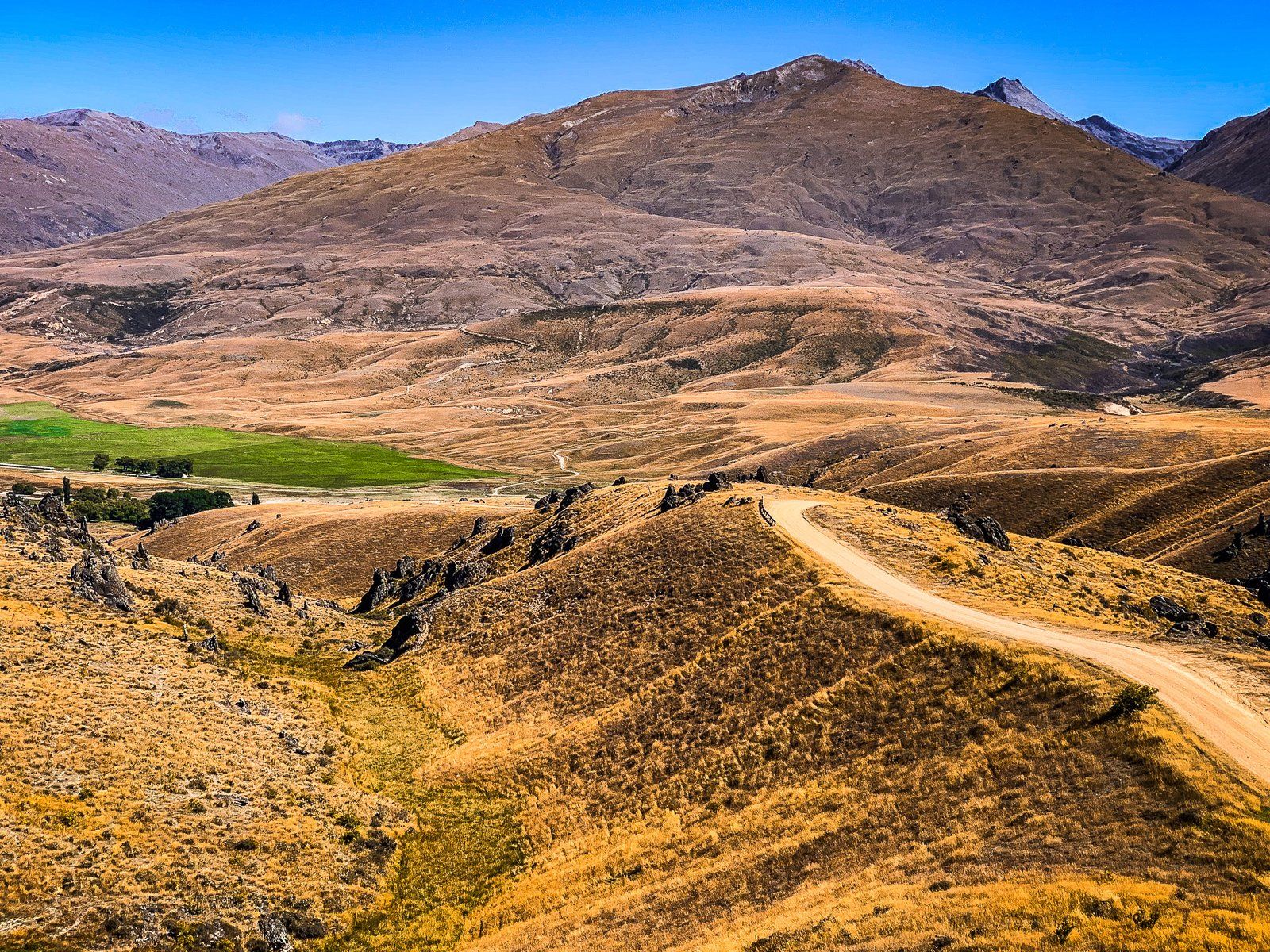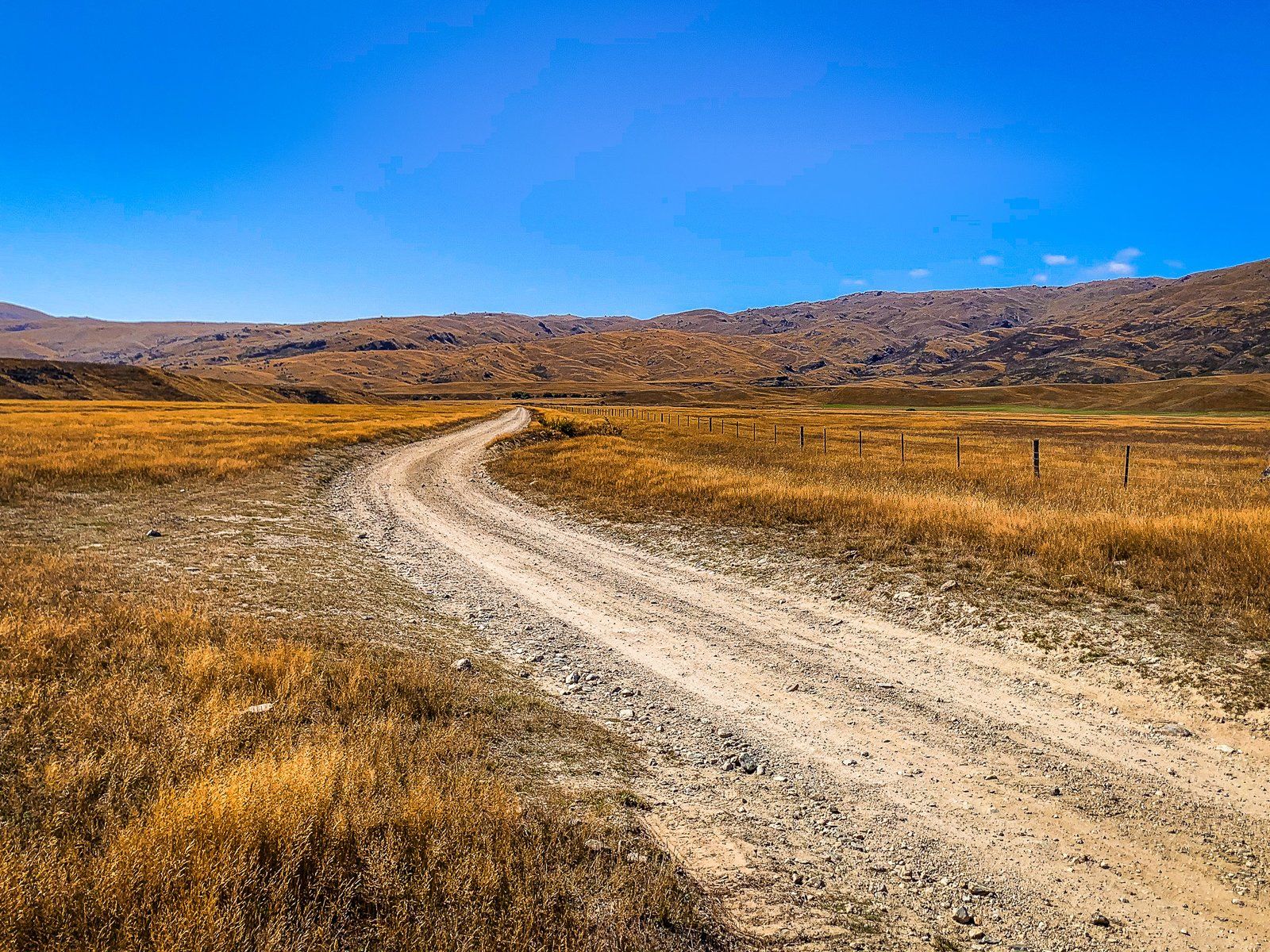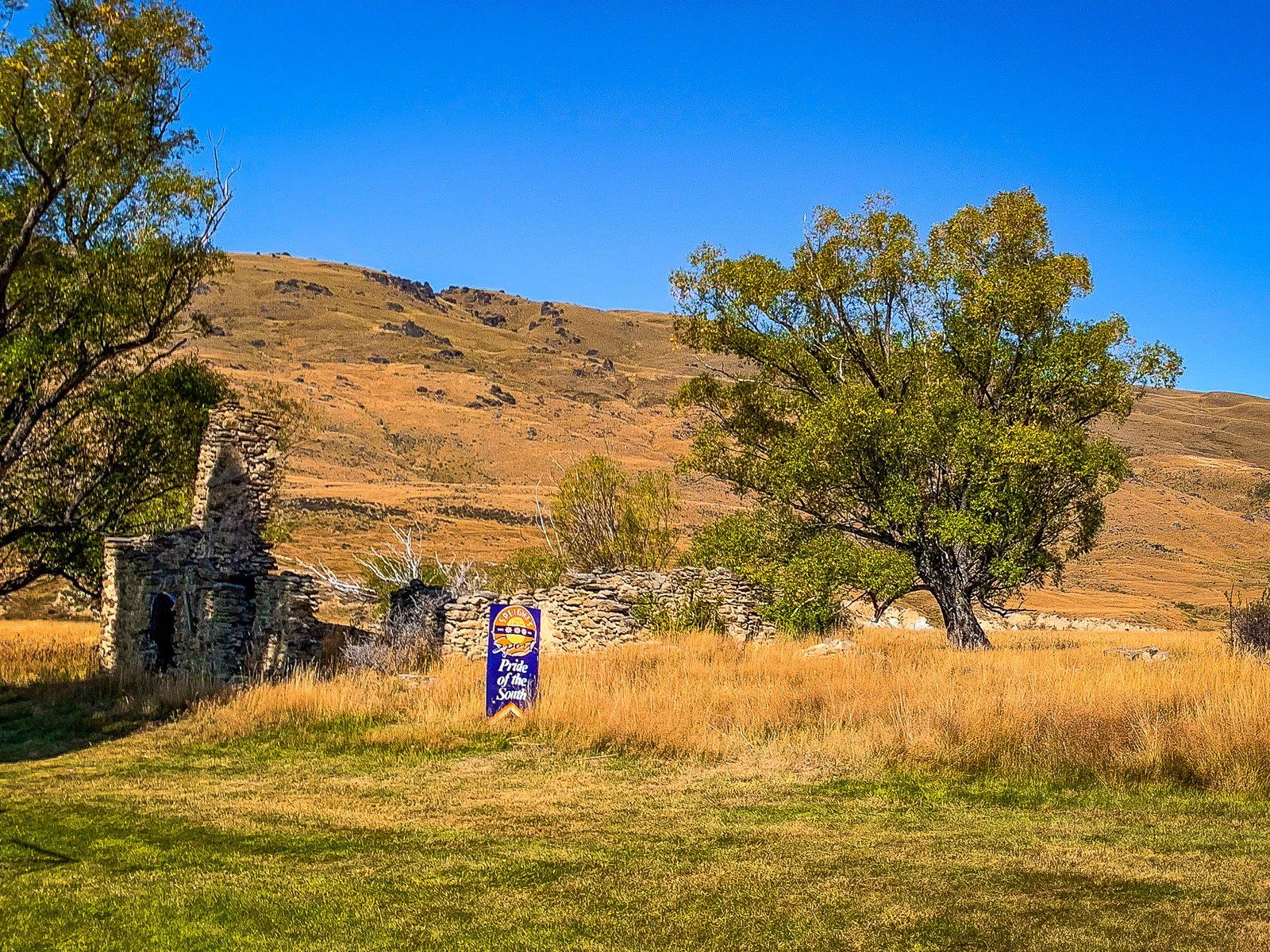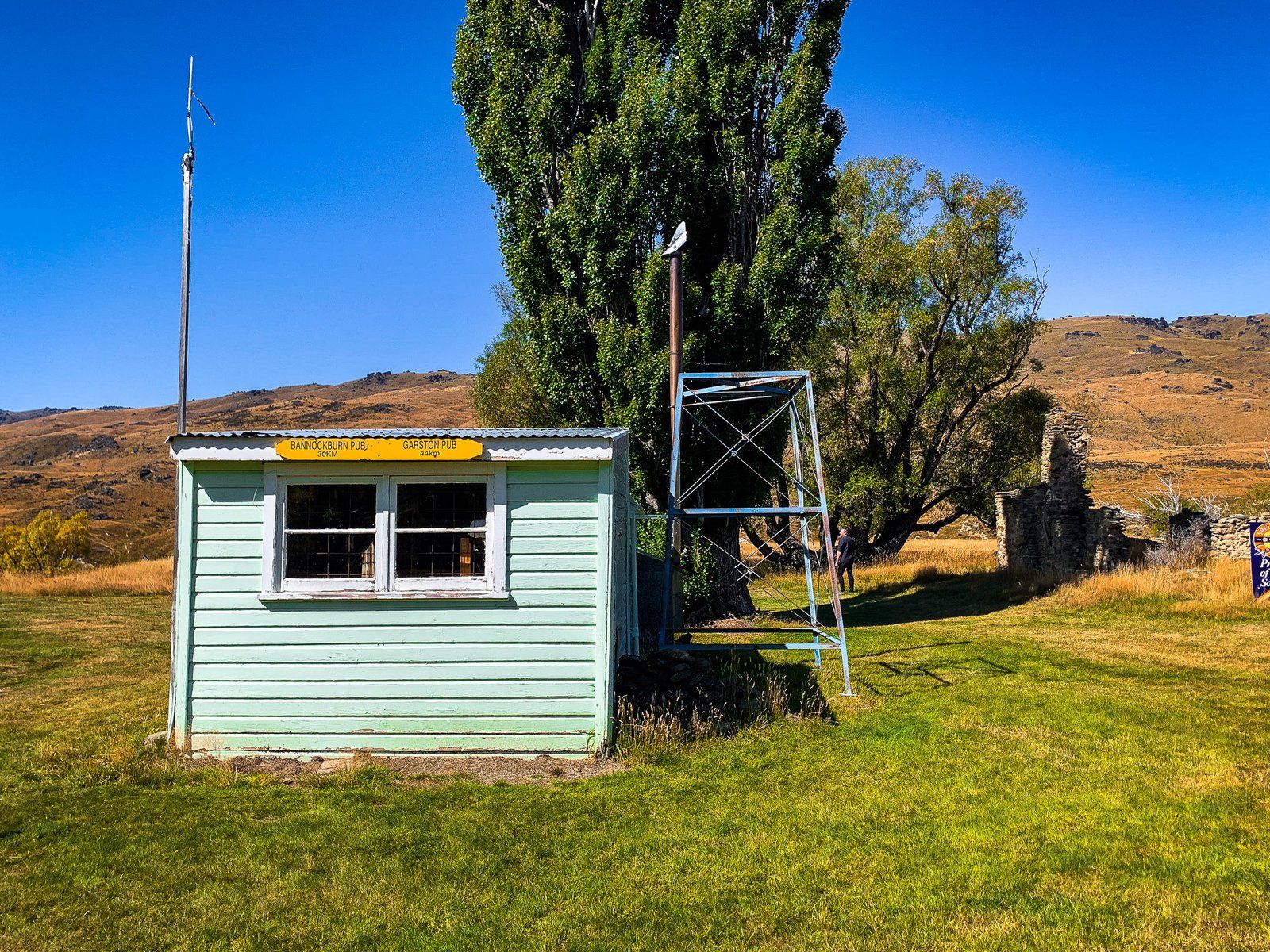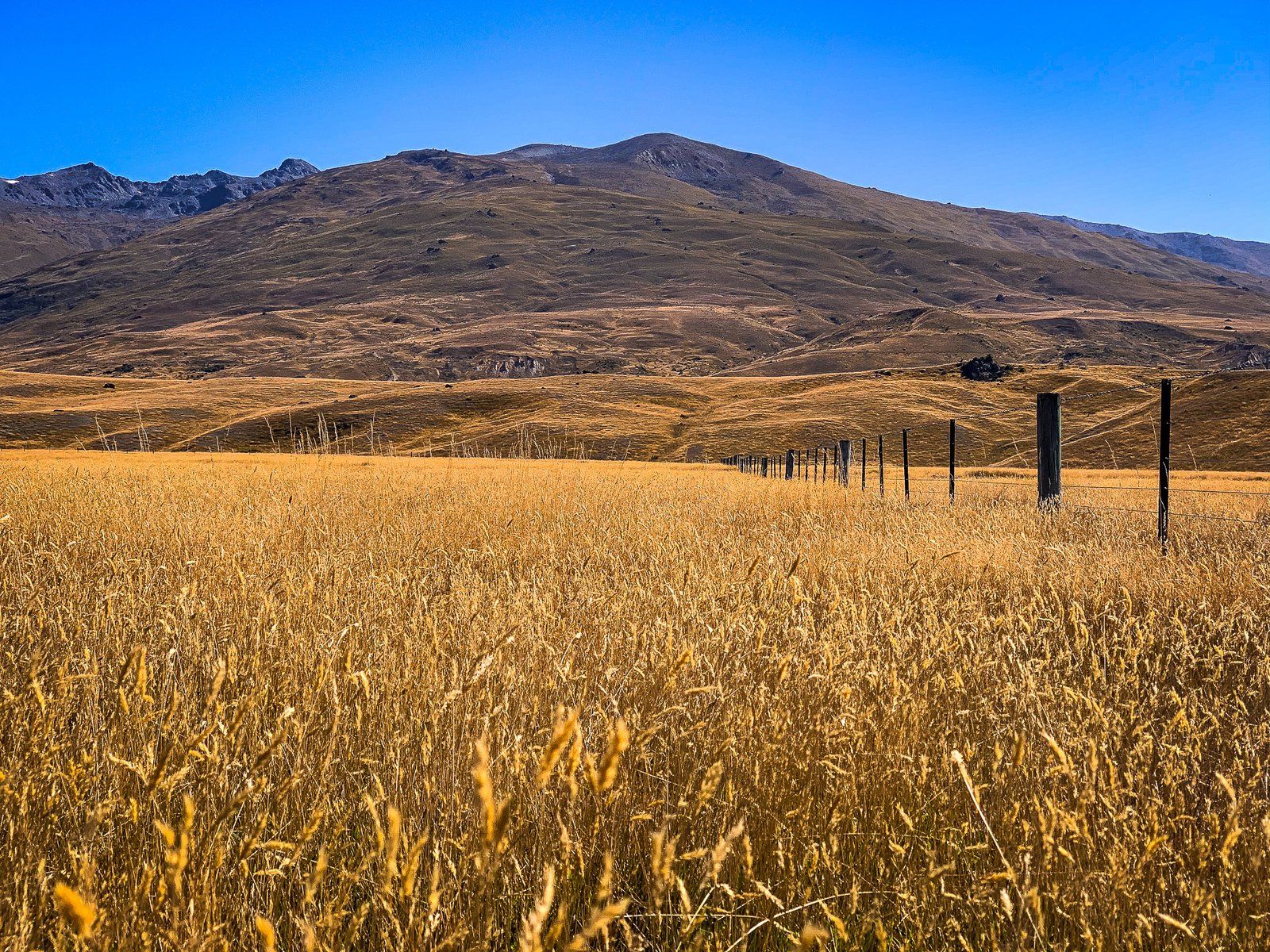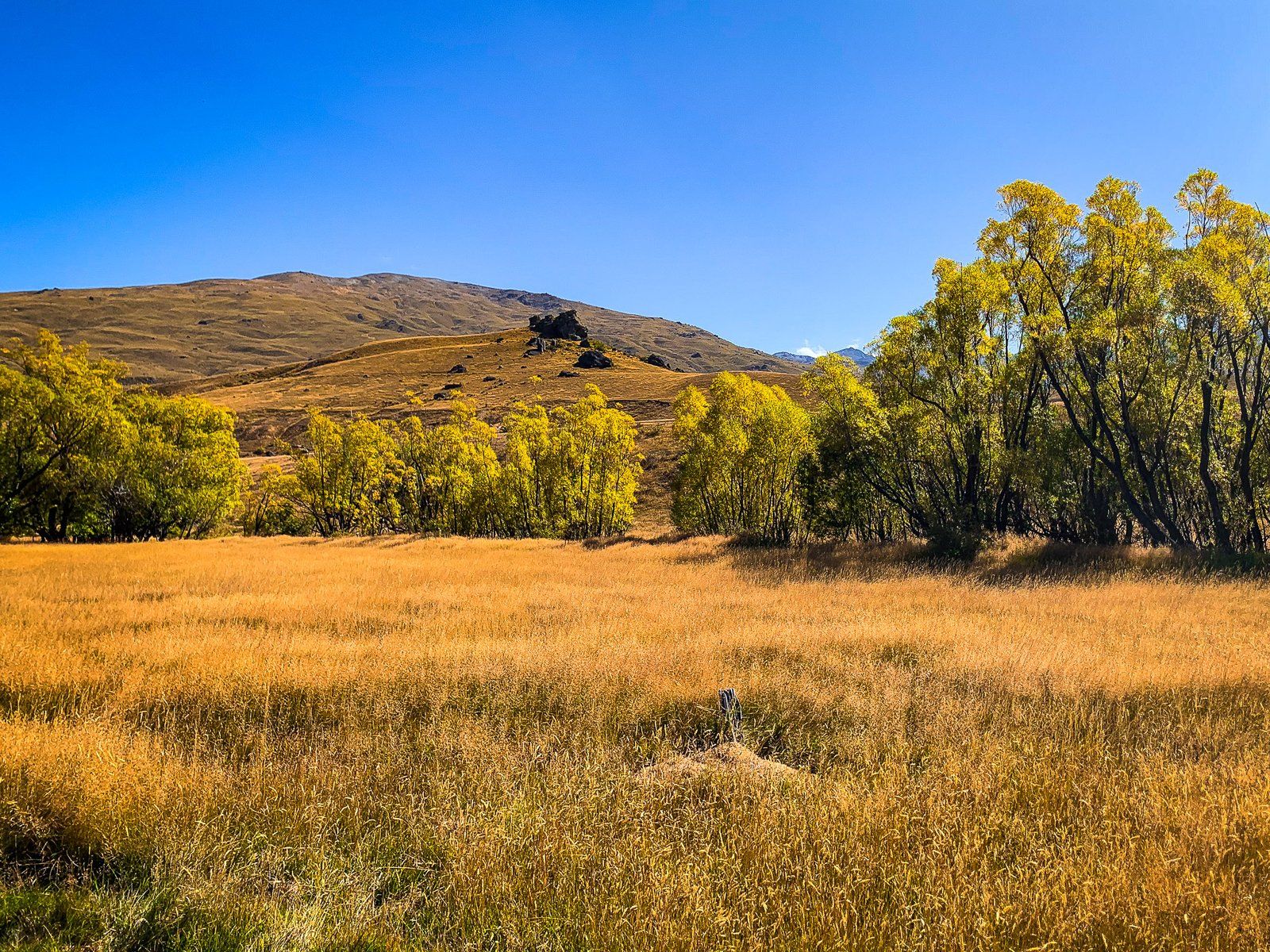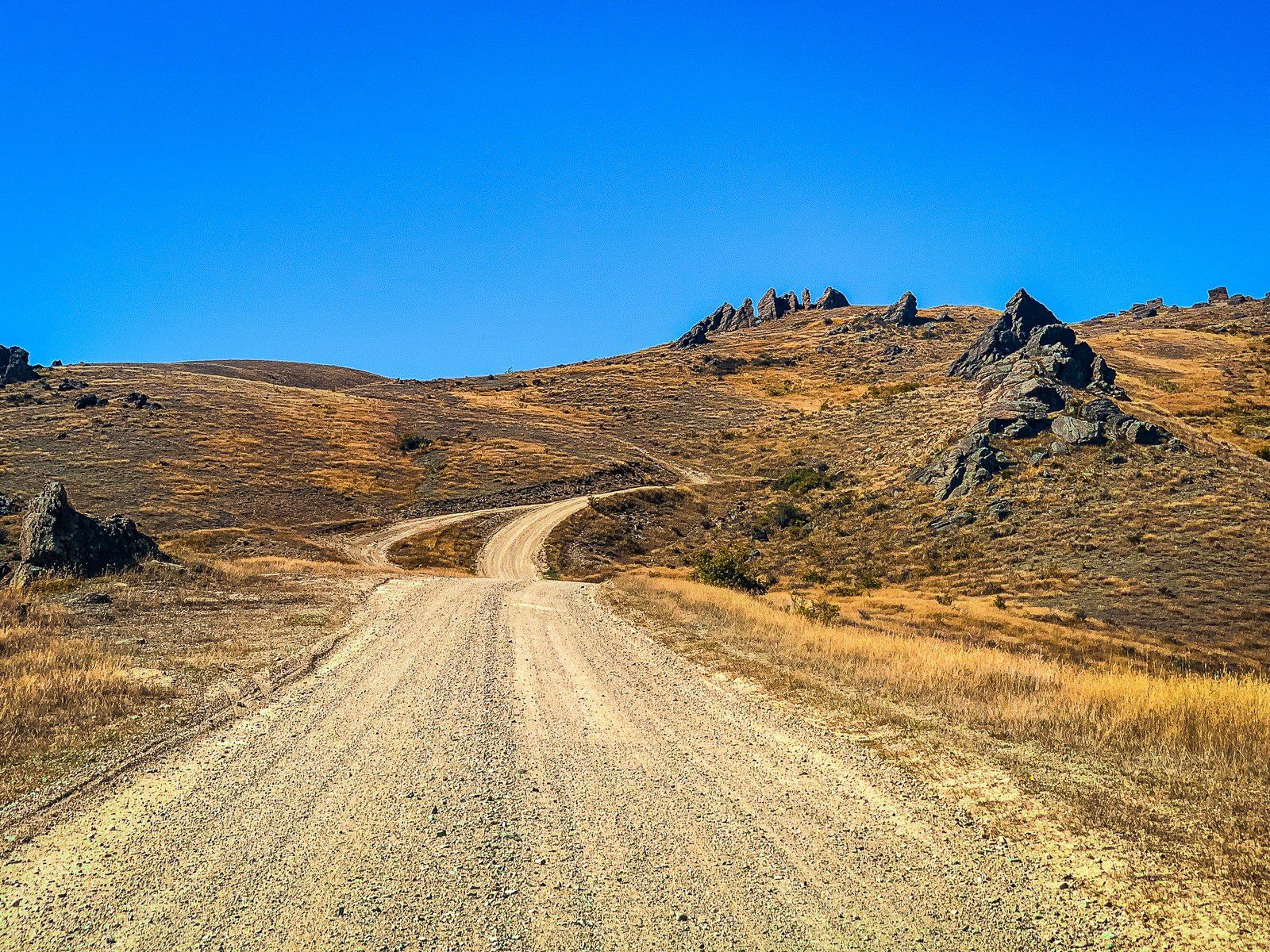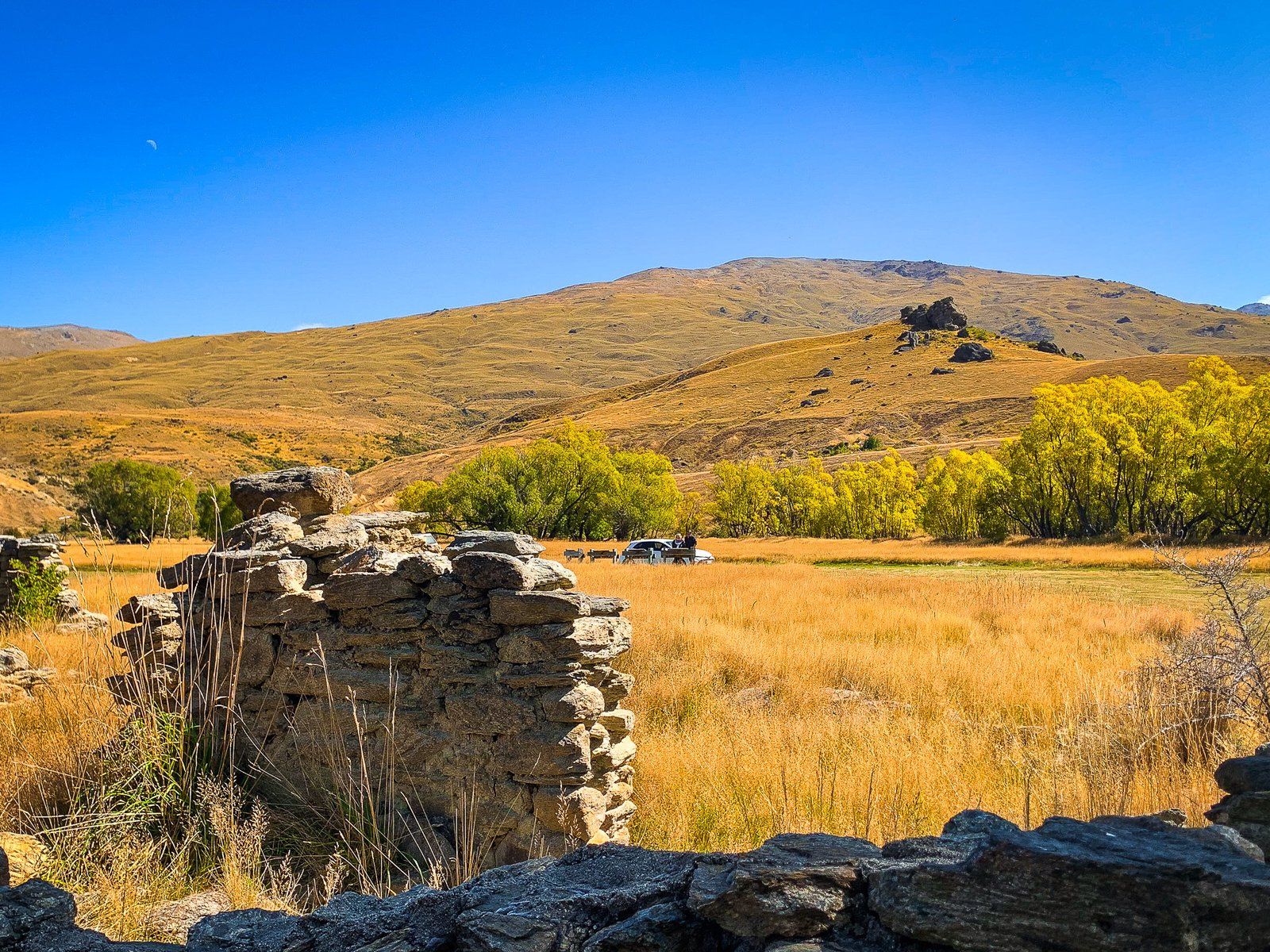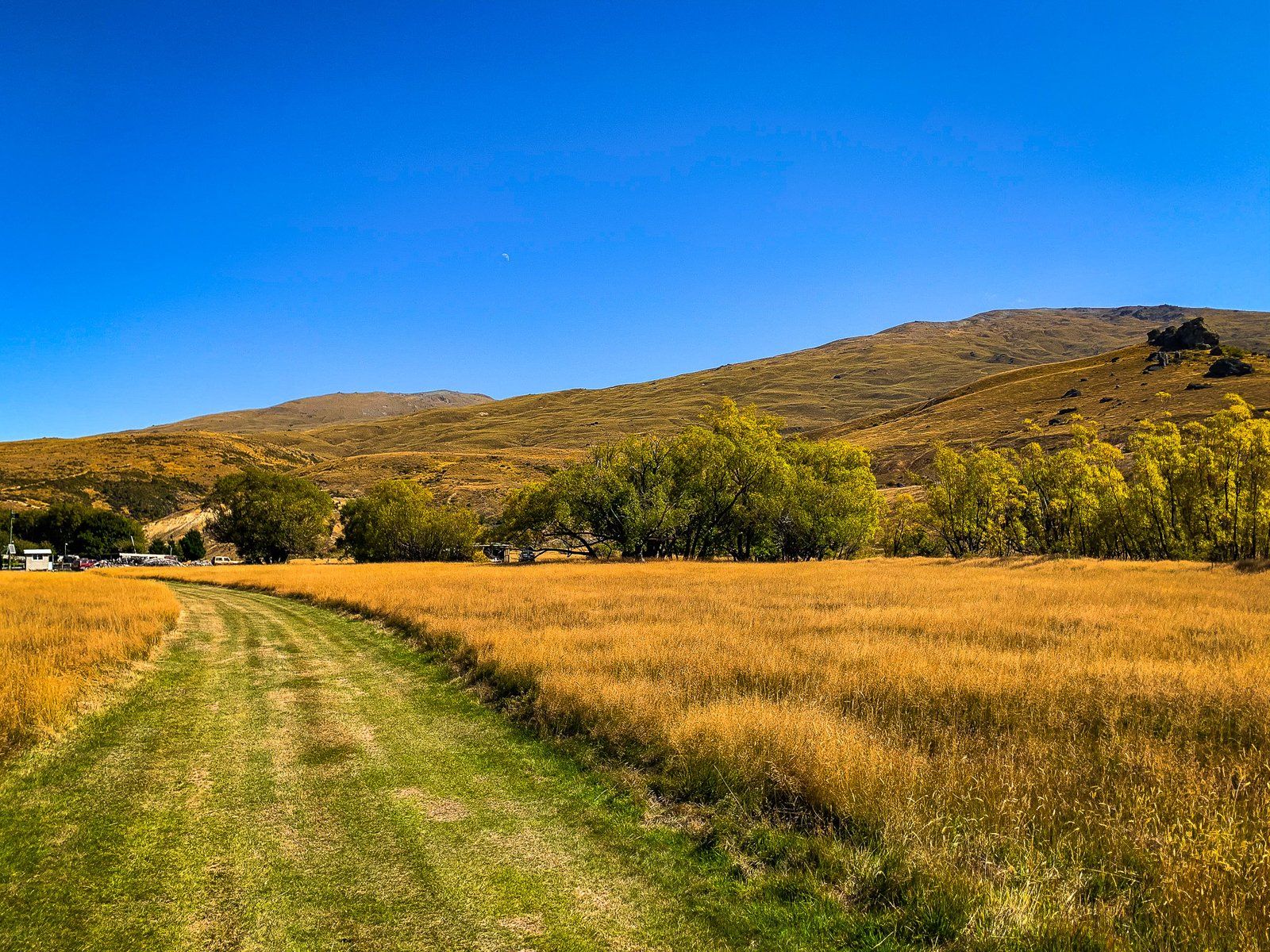Exploring the Nevis Valley
The Nevis Valley is nestled between the Tapuae-o-Uenuku / Hector Mountains to the west and the Garvie Mountains to the east in the Central Otago region of the South Island. This remote valley offers a unique blend of natural beauty and history. The valley is known for its striking gold to orange hues and its historical significance as a site of gold discoveries in the early 1860s.
Geographical Features and Historical Sites
Situated 800 metres above sea level, the Nevis Valley is flat and wide, flanked by grass and tussock-clad mountains. The Nevis River runs along the east side of the valley. As you travel south on the Nevis Road from Nevis Crossing at the north end of the valley, you will encounter Ben Nevis Station about two kilometres in. This is followed by Schoolhouse Flat, where the valley broadens significantly. There are no trees, apart from a few exotics, planted by farmers and miners, which stand out in the otherwise dry landscape.
Further along, the valley narrows at Lower Nevis, the heart of the gold rush in the 1860s. Here, visitors can explore some ruins from the old Nevis mining village, alongside modern structures that are part of the Station. The historic cemetery on the west side of the valley is also accessible, offering a glimpse into the past.
Access and Road Conditions
The Nevis Valley is accessed via the gravel Nevis Road from Bannockburn, crossing over Duffers Saddle. From the saddle, the road descends over 400 metres to the west before turning south into the valley. The road becomes quite narrow, steep and rougher as it climbs to the saddle, but a 2WD car is adequate.
Once in the valley, the road is easy. At Lower Nevis, you will reach Commissioners Creek, where there is a road warning sign; continuing south into the Nevis Gorge without a 4WD is not recommended, with numerous fords to cross. If you do have a 4WD, then you can explore the gorge, before continuing gon to connect with State Highway 6 near Garston.
Winter Travel Considerations
During Winter, the road is generally open but can be affected by snow and ice, particularly around Duffers Saddle, which is at 1,280 metres. It will be cold on the Saddle, and the valley is also known for its exceptionally cold temperatures. Check the weather in advance and be prepared.
